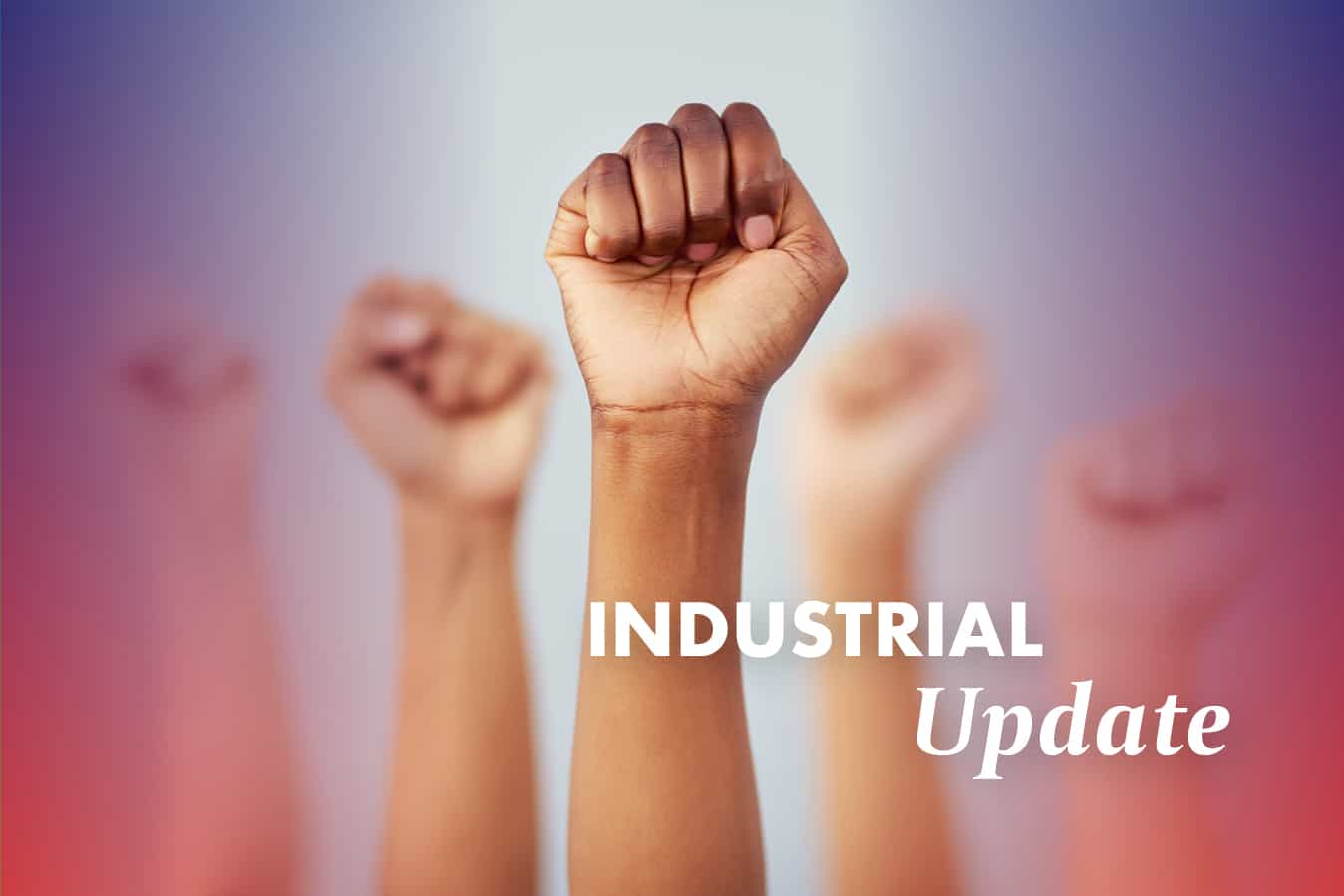Work health and safety (WHS) laws are largely harmonised across Australia through a set of uniform laws (the model WHS laws). All states and territories other than Victoria have implemented the model WHS laws. Victoria has similar duties under its Occupational Health and Safety Act 2004 (Vic).
Under these WHS laws, a person conducting a business or undertaking (PCBU) must manage the risk of psychosocial hazards in the workplace. For workers, the main PCBU is usually their employer.
A psychological hazard is a hazard that arises from or in relation to the design or management of work, the working environment, plant at a workplace, or workplace interactions or behaviours that may cause psychological and/or physical harm. Workplace psychosocial hazards are related to the psychological and social conditions of a workplace rather than just the physical conditions.
Common psychosocial hazards at work include (but are not limited to) low job control, poor organisational change management, remote or isolated work, poor physical environment, violence and aggression, bullying, harassment (including sexual harassment), and poor workplace relationships and interactions. Violence, bullying and harassment are, unfortunately, some of the more common psychosocial hazards that ANMF members face.
In December 2018, Marie Boland published the Review of the Model Work Health and Safety Laws Final Report (Boland Report) at the request of Safe Work Australia. Its second of 34 recommendations was that regulations deal with psychological health. This recommendation was widely supported by the Australian union movement, leading WHS academics and WHS professional bodies.
The Boland Report identified that whilst bullying and harassment were widely recognised as psychosocial hazards, these psychosocial hazards were often dealt with on an individual basis, with “…diversion into grievance processes and the removal of the original basis for the complaint from any assessment of the broader WHS organisational safety culture.”1
The majority of states and territories have now implemented regulations concerning psychosocial hazards. However, Victoria, the Australian Capital Territory and South Australia are yet to do so. The Commonwealth government has also yet to finalise a code with respect to those workers in the Comcare WHS scheme (Australian Public Service [APS] and a few private sector employers).
Jurisdictions that have updated their WHS laws to specifically include psychosocial hazards have also developed codes of practice. NSW was the first to have a code of practice, which came into operation on 28 May 2021.
The current codes include:
- Code of Practice: Managing psychosocial hazards at work (NSW)
- Managing the risk of psychosocial hazards at work Code of Practice 2022 (Queensland)
- Model Code of Practice: Managing psychosocial hazards at work (NT and Tasmania)
- Code of Practice: Psychosocial hazards in the workplace (Western Australia)
These codes of practice are especially useful for employers and workers because they provide practical examples of hazards and ways to address them.
An example scenario in the NSW code deals with a situation in a healthcare setting where an emergency department in a public hospital triages people requiring mental healthcare.2 It identifies the psychosocial hazards as role overload, exposure to traumatic events and occupational violence. It then suggests controls, reviews, and improves mechanisms based on the NSW code.
The codes are not the same in content. For example, the Queensland code mandates that the hierarchy of controls must be followed if it is not reasonably practicable to eliminate psychosocial risk.3 Other codes do not do this. The hierarchy of control is a detailed system for controlling WHS risks in the workplace. It ranks risk controls from the highest level of protection and reliability to the lowest and least reliable protection.
PCBUs are legally obliged to consult with workers when managing psychosocial hazards. A PCBU must consult workers who carry out work for them and their health and safety representative(s) (HSR(s).
Consultation involves sharing information, giving affected workers reasonable opportunities to express views, taking those views into account before making decisions on WHS matters, and advising workers of the consultation’s outcomes in a timely and appropriate manner.
ANMF members working in jurisdictions with a psychosocial hazards code of practice should familiarise themselves with the content of the code. Bring the code to the attention of your HSR and/or your health and safety committee. The code could be an important new tool to assist in making your workplace safer.








